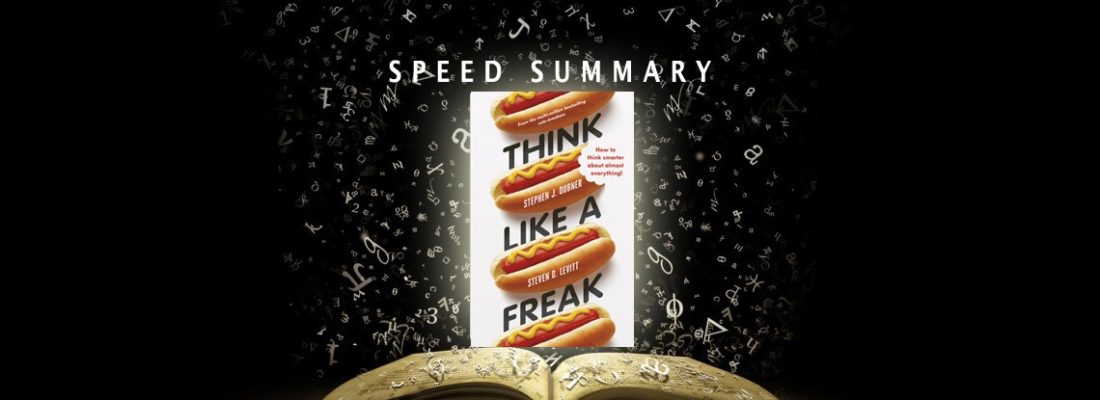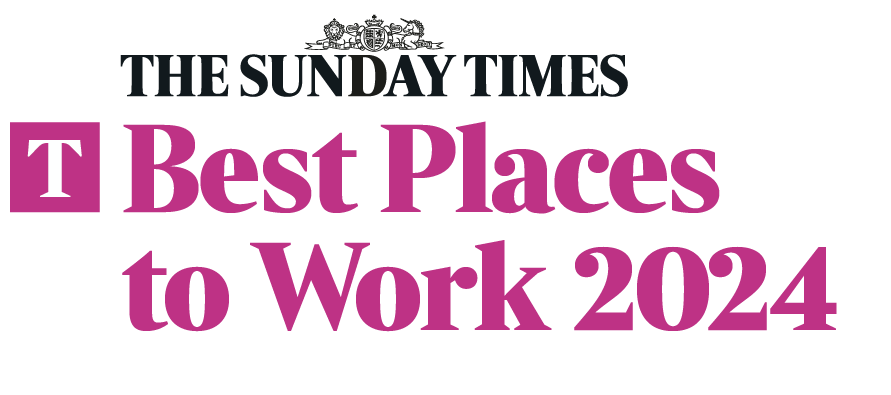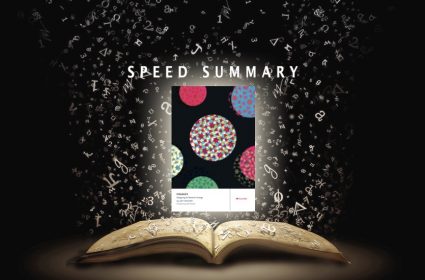Think Like a Freak [Speed Summary]

- Think Like a Freak: How to Think Smarter About Almost Everything
- Author: Steven Levitt and Stephen J. Dubner
- Publisher: William Morrow
- Publication date: 2014
Moving from description to prescription, the Freakonomics duo economist Steven Levitt and journalist Stephen J. Dubner, offer a self-help book for professionals in innovation, business and marketing on how to think, persuade and incentivise people.
How to Take a Penalty Kick
Facing a penalty, goalkeepers dive to the left 57% of the time, and to the right 41%. Which means they only remain in the centre 2% of the time. Which is why you’re 7% more likely to score by shooting at the centre of the goal than to the corners. Yet, only 17% of penalty kicks aim for the centre. Why? Because there is a social incentive to not kick to the centre; you’ll face ridicule if you kick the ball straight into the keeper’s stationary hands. Social incentives – what other people think of us – matter and influence our behaviour as much as economic incentives (material or financial gain), or moral incentives (‘warm glow altruism’ – ego-boosting feeling-good-about-ourselves when we’ve ‘done the right thing’).
Incentive Thinking
Thinking like a ‘freak’ to come up with freakish, surprising and motivating insights involves two things – breaking rules by thinking and doing things differently, and looking at the world in terms of incentives; what are the real incentives that motivate people to behave in a particular way? For example why would accidental hit and run incidents in China involve not only knocking down a pedestrian, but also stopping, and then reversing back over them? Because if you get caught and have killed them – you pay 20,000 Yuan (about £2000), but if you injure them you get unlimited liability for medical costs that can run into hundreds of thousands. So you’re incentivised to make sure the victim is dead. Why is there an obesity epidemic? Because we’re incentivised to get fat – it costs 10 times mores to eat healthily than eat junk food. How do great companies get great employees? They incentivise candidates to leave – Zappos sends out job offers with a $2000 offer not to take up the job offer – thus weeding out all but the most enthusiastic candidates. You get the point, incentives are everywhere – and they matter.
Incentive Research
Whilst not explicitly about market research, Think Like a Freak, outlines an approach for incentive-focused researchers…
- Look for incentives revealed in behaviour, not declared in words. The incentives that really motivate people are often not those that we talk about. For example, survey responses say the top incentive for energy conservation is protecting the environment, but behavioural research shows that it’s more about feeling part of a community
- Look for hidden incentives Are charity and non-profit workers and the leaders of their organisations motivated more by helping people or feeling good about themselves? A medical charity (Operation Smile) offering plastic surgery to disfigured children preferred to treat fewer patients with their own doctors than put donations into training local doctors to treat more people. A far more efficient splinter charity Smile Train was set up as a result.
- Jettison your moral compass to see clearly We are blinkered by own moral incentives – the desire to feel good about the things we do, and sometimes this blinds us to solutions. We may be morally against pollution, and so polluting the air to stop global warming may not be open to us a solution worth testing – but it could work. Embrace value freedom when researching to be open to all solutions
- Look for backfiring incentives Existing policies designed to manipulate incentives often backfire. Mexico city pollution got worse when a new law restricted the number of days particular cars could be driven (people bought second cheaper gas guzzling cars). Companies have been set up to produce pollutants such as HFC-23 to benefit to carbon credits when then cut back. This is known as the ‘cobra effect’ – after a backfiring policy in India to reduce cobra population led to a population increase; a bounty offered for cobra skins led to cobra farms being set up
- Break rules and disrupt. You can only tell how a mirror works by breaking it – the same goes for reality. Researchers need to disrupt reality and break everyday rules to reveal how reality works. King Solomon used the disruption method to solve a maternity battle between two women – he offered to cut the baby into two and give half to each mother. This disruptive dis-incentive was strongest for the real mother – who revealed herself by giving the baby to the other woman.
- Check un-incentivised behaviour Much behaviour is unincentivised and we rely on goodwill, conscientiousness, and professionalism for it to happen – and often it doesn’t. Van Halen famously had a 53 page requirements document for gig venues – and hid a quirky request to have M&M’s available at all gigs (but with brown candies removed) in the document. Simply by checking the bowl of M&M’s for brown candy, the group knew if they were dealing with conscientious professionals
The Brand Genetics Take
For innovators and researchers, there’s a lot to like in Think Like a Freak; the book uses new and known examples to drive home the point that incentives are the key to powerful insight, and disrupting incentives is a useful key to innovation. Looking at the world through incentives is enlightening and surprising – and can often lead to new solutions. What does the incentive actually encourage you to do? Is there a different way of getting to this incentivised outcome? Like winning a prize in a competitive eating contest. By focusing only on the incentivised outcome, and removing all the preconceptions, traditional ways of getting there, new solutions may come into focus. So breaking up hotdog buns and rolling them into small swallowable dough balls might increase speed and volume of consumption.This was precisely what Takeru Kobayashi famously did to not just beat, but double (from 25 to 50) the world record for 12 minute competitive hot dog eating in Coney Island.
For some innovators and researchers, Think Like a Freak will seem too far removed from their everyday lives – it never tackles everyday consumer marketing and innovation problems head on. But the main message is spot on – to see identify opportunities look for the incentivises that pattern consumer behaviour.




